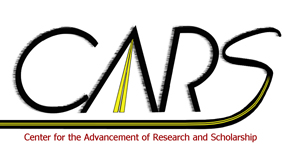Lightning Round: Undergraduate Students use of Social Media as a Learning Tool
Location
Moakley Auditorium
Start Time
10-5-2018 1:50 PM
End Time
10-5-2018 3:00 PM
Description
The purpose of the study is to gain greater understanding of BSU Communications Studies faculty and student perceptions of the use of social media as a learning tool in the classroom. Research indicates that while the use of social media (e.g. Facebook, Twitter, LinkedIn) in the college classroom has the potential to improve the student learning experience, student skills in relation to using it in a strategic manner do not meet the needs of potential employers and/or maximize personal branding opportunities. Previous studies have explored the topic from student or faculty perspectives, extant research has not compared faculty and student responses in the same survey (or matched the faculty with their own students). The information gathered in this study will be used to inform COMM Studies curriculum decisions that seek to create more strategic and innovative opportunities for students (and faculty).
Lightning Round: Undergraduate Students use of Social Media as a Learning Tool
Moakley Auditorium
The purpose of the study is to gain greater understanding of BSU Communications Studies faculty and student perceptions of the use of social media as a learning tool in the classroom. Research indicates that while the use of social media (e.g. Facebook, Twitter, LinkedIn) in the college classroom has the potential to improve the student learning experience, student skills in relation to using it in a strategic manner do not meet the needs of potential employers and/or maximize personal branding opportunities. Previous studies have explored the topic from student or faculty perspectives, extant research has not compared faculty and student responses in the same survey (or matched the faculty with their own students). The information gathered in this study will be used to inform COMM Studies curriculum decisions that seek to create more strategic and innovative opportunities for students (and faculty).
